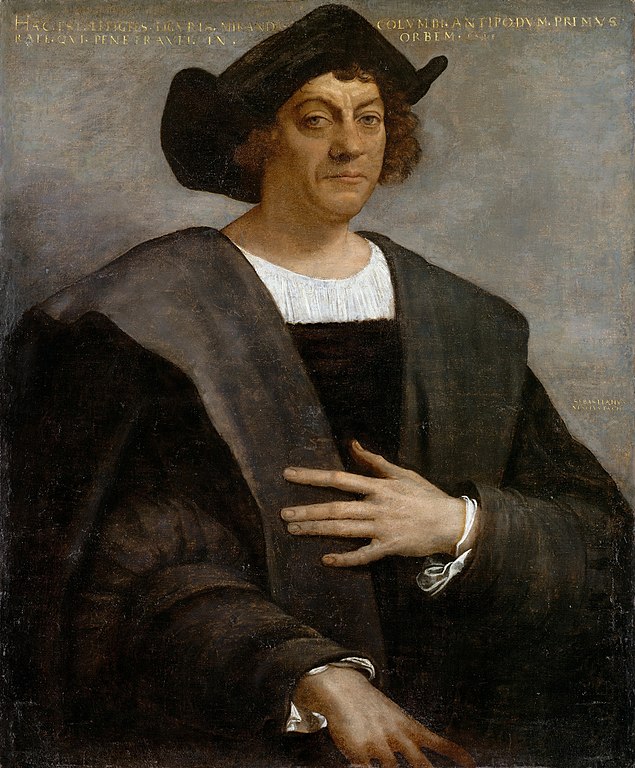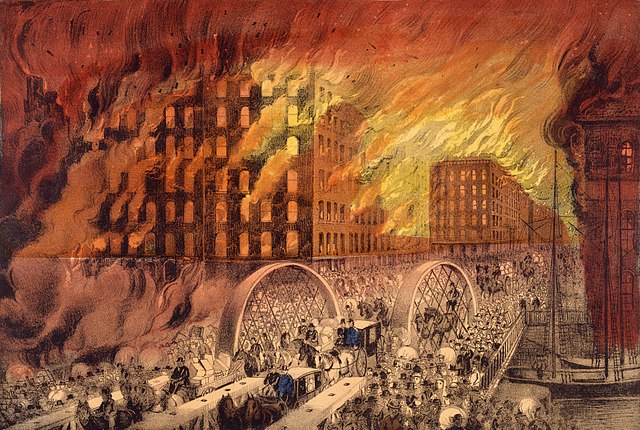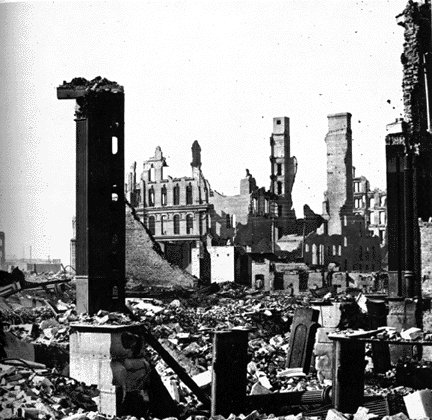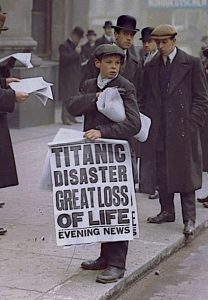
Public Domain via Wikimedia Commons
Lewis, David. “Titanic: A Latter-day Saint Midwife’s Journey Into Seafaring History.” KSL.Com, October 15, 2024. https://www.ksl.com/article/51154793/titanic-a-latter-day-saint-midwifes-journey-into-seafaring-history.
Among the passengers was Irene Colvin Corbett, a remarkable woman distinguished as the only known member of The Church of Jesus Christ of Latter-day Saints aboard the ill-fated Titanic. At 30 years old, the Utah native was returning to Provo after spending six months in London, training at the General Lying-In Hospital to become a midwife. Despite traveling in second class — which should have nearly guaranteed her a spot in a lifeboat — Corbett was not among the more than 700 survivors. The exact circumstances of her final moments remain unknown, and her body was never recovered.
=

Guinness, Emma. “Matsya 6000: Inside India’s Deep-sea Submersible That Will Take Three Passengers Deeper Than the Titanic.” The Independent, October 16, 2024. https://www.independent.co.uk/world/submersible-india-ocean-exploration-technology-matsya-6000-b2630271.html.
A new deep-sea submersible capable of taking three people deeper than the Titanic is undergoing its first “wet test” this month. Initially reported to be taking place in early 2024, the Matsya-6000’s testing will finally begin after its design was reviewed in the wake of the Titan submersible disaster last June. It is hoped that the submersible, which is part-funded by the Indian government, will herald a new era for ocean exploration and research. Dr M Ravichandran of India’s Ministry of Earth Sciences (MoES) told India Today that the test is expected to take place in the late October.
=
Owens, David. “The Major Titanic Exhibition Coming to Wales.” Nation.Cymru. Last modified October 17, 2024. https://nation.cymru/culture/the-major-titanic-exhibition-coming-to-wales/.
An acclaimed Titanic exhibition is coming to Wales for the first time ever. Titanic Exhibition Wales will be staged at the ICC in Newport from 19th February to 2nd March 2025. The organisers of the exhibition White Star Heritage say they aim to bring the Titanic to life through a collection of artefacts, interactive experiences and informative displays.
=
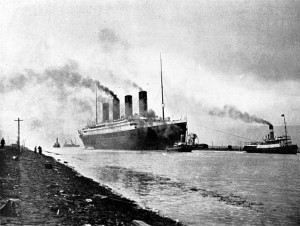
Public Domain (National Archives and Records Administration,ARC Identifier#306 RG 306)
Brown, Calum. “Why White Star Line Never Photographed RMS Titanic.” World of Cruising. Last modified October 18, 2024. https://www.worldofcruising.co.uk/editors-corner/rms-titanic-real-pictures-rms-olympic.
Why bother taking images of an identical ship for publicity purposes, when you can simply use older ones taken of RMS Olympic? Nobody would tell the difference. Someone within the White Star Line office clearly earned brownie points that day. Money saved; job done. Yet, that penny-pinching has robbed us of the genuine article. There’s a distinct lack of footage to satisfy the public’s hunger. As such, budding aficionados frequently confuse the two sister ships in photographs and historical accounts, leading to a slew of misinformation and confusion. In most books, documentaries and videos, images of RMS Olympic are often substituted for RMS Titanic, so – how can you tell the difference between the two sister ships? First, it’s time to consult Father Browne.
=
Channon, Max. “Mystery of Titanic Lifeboat Found in the Middle of the Sea.” Express.Co.Uk, October 18, 2024. https://www.express.co.uk/news/world/1963967/mystery-of-titanic-lifeboat-found.
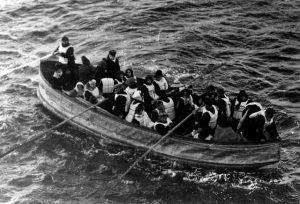
Public Domain(Wikipedia)
It’s now more than a century since the ocean liner – which had been hailed as “practically unsinkable” by its builders – hit an iceberg and sank in the Atlantic. However, the ill-fated ship continues to fascinate the public today. However, the tragic story of one of its lifeboats – Collapsible A – has been all but forgotten. The raft saved the lives of more than a dozen passengers – but more than that died, during a desperate scramble for survival.
=
Vick, Megan. “7 Famous People Who Almost Boarded the Titanic but Didn’t.” Parade, October 20, 2024. https://parade.com/entertainment/famous-people-who-planned-to-sail-on-the-titanic-but-didnt.
Multiple prominent world figures were set to sail on the ship, but didn’t quite make it on to the maiden voyage. After all, in the months leading up to the Titanic’s departing Southampton, UK for New York, the ship was extremely well publicized with the who’s who of the early 1900s desperate to nab tickets.
The list is:
- Milton Hershey
- Guglielmo Marconi
- J.P. Morgan
- Henry Clay Frick
- George Washington Vanderbilt II
- Theodore Dreiser
- John R. Mott
Suggested Reading
Behe, G. (2012). On board RMS Titanic: Memories of the Maiden Voyage. The History Press.
Brewster, H. (2013). Gilded Lives, Fatal Voyage: The Titanic’s First-Class Passengers and Their World. National Geographic Books.
Lord, Walter, A NIGHT TO REMEMBER, Holt Rinehart and Winston, New York, New York, 1955. Multiple revisions and reprints, notably Illustrated editions (1976,1977,1978 etc.)
Wilson, A. (2012). Shadow of the Titanic: The Extraordinary Stories of Those Who Survived. Simon and Schuster.
Titanic News Channel is a participant in the Amazon Services LLC Associates Program, an affiliate advertising program designed to provide a means for sites to earn advertising fees by advertising and linking to Amazon.com.

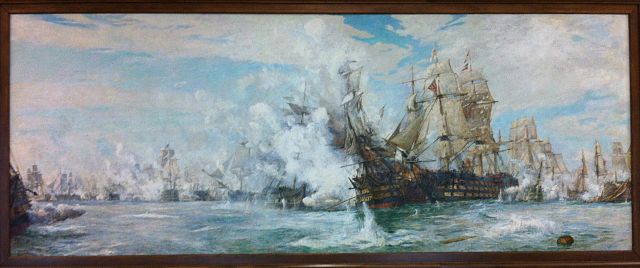
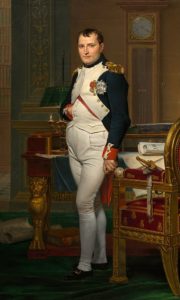
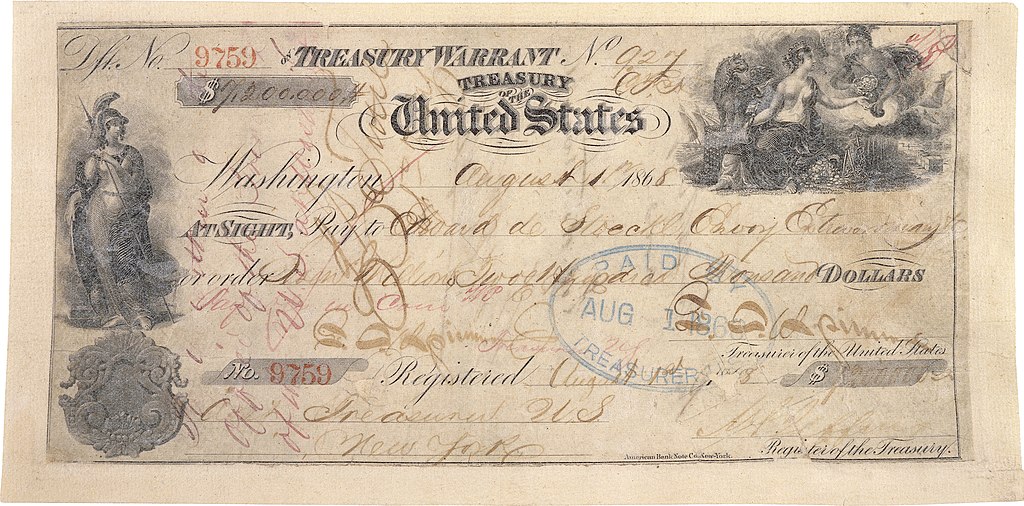
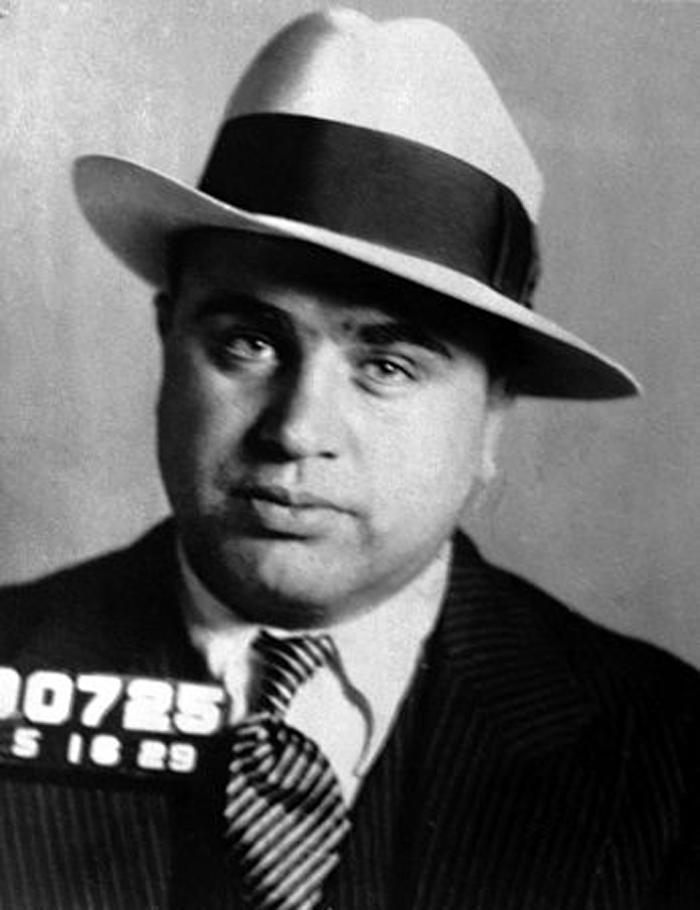

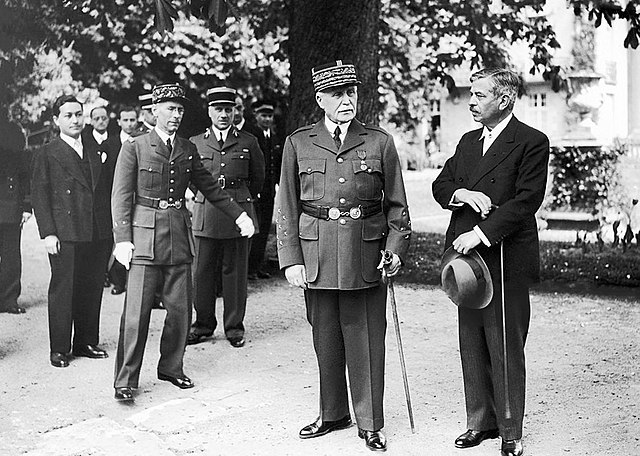
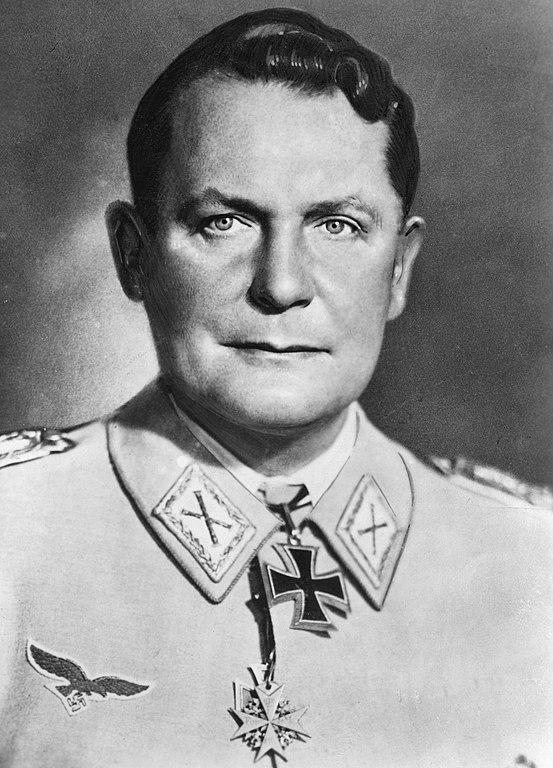
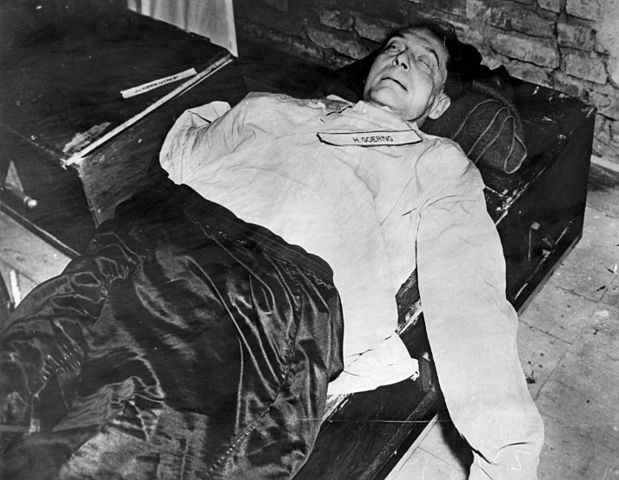
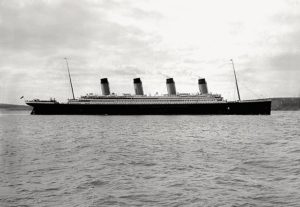
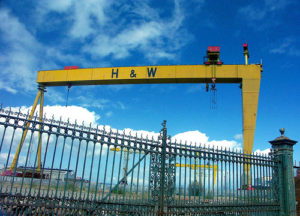

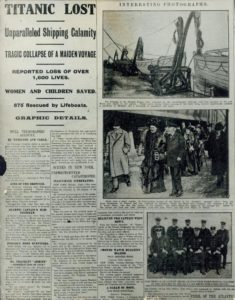
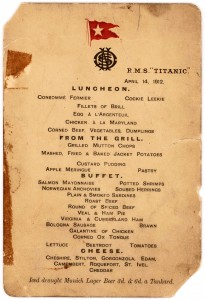
 Bodnarchuk, Kari. “Travel News You Can Use: Titanic Exhibit and Theater District Tour.” BostonGlobe.Com, October 3, 2024.
Bodnarchuk, Kari. “Travel News You Can Use: Titanic Exhibit and Theater District Tour.” BostonGlobe.Com, October 3, 2024. 